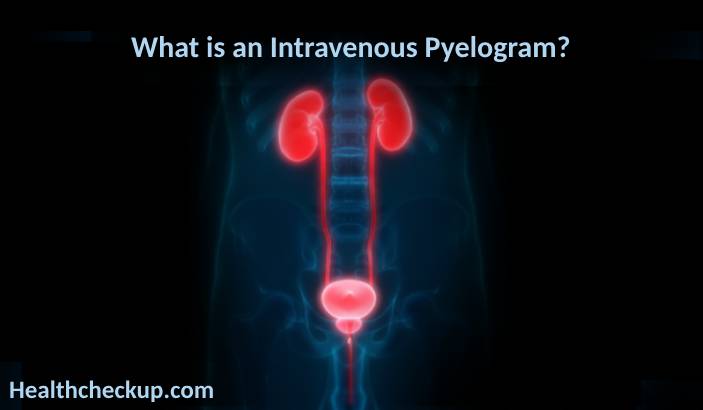An Intravenous Pyelogram (IVP) is a diagnostic imaging test used primarily to view the kidneys, ureters, and bladder. Utilizing a special dye (contrast material) and X-rays, this procedure helps visualize the urinary tract, particularly to evaluate conditions that affect the structure and function of these organs.
Purpose of Intravenous Pyelogram (IVP)
- Detecting Kidney Stones: IVP is highly effective in identifying the presence and location of kidney stones.
- Evaluating Urinary Tract Disorders: This includes assessing structural abnormalities, infections, tumors, and scarring within the urinary tract.
- Monitoring Kidney Health: IVP helps assess kidney function and can detect conditions like hydronephrosis (swelling of a kidney due to urine buildup).
- Postoperative Assessment: It can be used to check the urinary tract after surgery on the kidneys or urinary tract.
Preparation for the Test
- Dietary Restrictions: Patients are typically instructed to avoid eating or drinking after midnight before the procedure.
- Bowel Preparation: A laxative or an enema may be required the evening before the test to clear the intestines. This ensures clear visibility of the urinary tract on the X-rays.
- Medication Review: Inform your healthcare provider about all medications and supplements you are taking, as some may need to be temporarily discontinued.
- Allergy Precautions: It’s crucial to notify the medical team of any allergies, especially to iodine or shellfish, as these may indicate a potential reaction to the contrast dye.
Procedure of Intravenous Pyelogram (IVP)
- Contrast Injection: The procedure begins with the intravenous injection of a contrast dye that enhances the visibility of the urinary tract on X-rays.
- X-ray Imaging: Multiple X-rays are taken at different times after the injection to track the dye as it moves through the kidneys, ureters, and bladder.
- Patient Positioning: You may be asked to change positions during the procedure to get different views.
- Duration: The entire process usually takes about an hour, although the timing can vary based on how quickly your body processes the dye.
Results Interpretation
- Normal Findings: Normal results show unobstructed flow of the dye through the urinary tract without any signs of blockage or abnormality.
- Abnormal Findings: Abnormal results may reveal blockages, kidney stones, tumors, or other abnormalities that could affect the size, shape, or function of the kidneys and urinary tract.
- Detailed Assessment: The radiologist will provide a detailed report that may suggest follow-up tests or treatments based on the findings.
Risks Associated with Intravenous Pyelogram (IVP)
- Allergic Reactions: There is a risk of an allergic reaction to the contrast dye, which can range from mild itching or rash to more severe reactions like difficulty breathing.
- Kidney Damage: In rare cases, the contrast material can cause kidney damage, particularly in patients with preexisting kidney function issues.
- Radiation Exposure: Like any X-ray procedure, IVP involves exposure to a small amount of radiation. While generally safe, it’s not typically recommended for pregnant women.
- Minor Discomfort: Some patients might experience minor side effects from the contrast dye, such as a feeling of warmth or a metallic taste in the mouth during injection.
Conclusion
An Intravenous Pyelogram (IVP) test examines the urinary tract, especially useful for detecting abnormalities that affect the kidneys, ureters, and bladder. By following proper preparation guidelines and understanding what to expect during and after the procedure, patients can effectively manage the small associated risks. The results from an IVP can provide critical insights that guide further treatment, significantly impacting patient care in cases of urinary tract disorders. It’s important for patients to discuss any concerns or allergies with their healthcare provider ahead of the procedure to minimize risks and ensure the accuracy of the diagnostic outcomes.
I specialize in writing about health, medical conditions, and healthcare, drawing extensively from scientific research. Over the course of my career, I have published widely on topics related to health, medicine, and education. My work has appeared in leading blogs and editorial columns.









